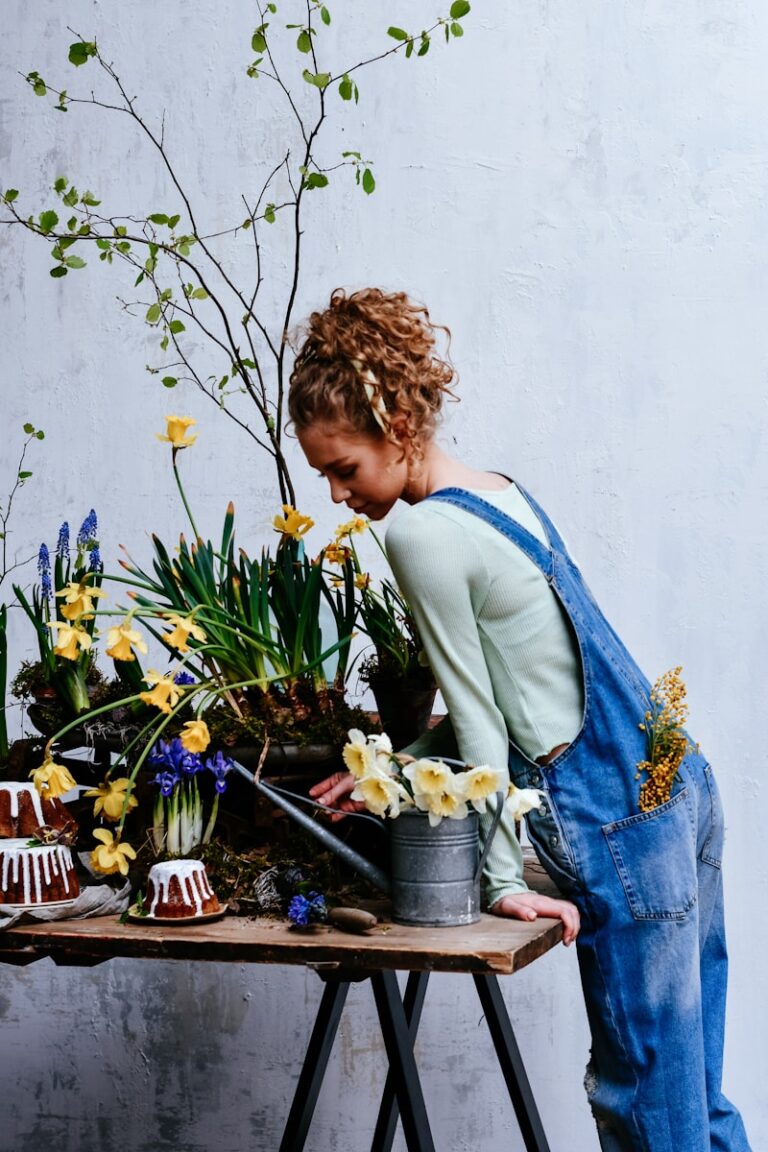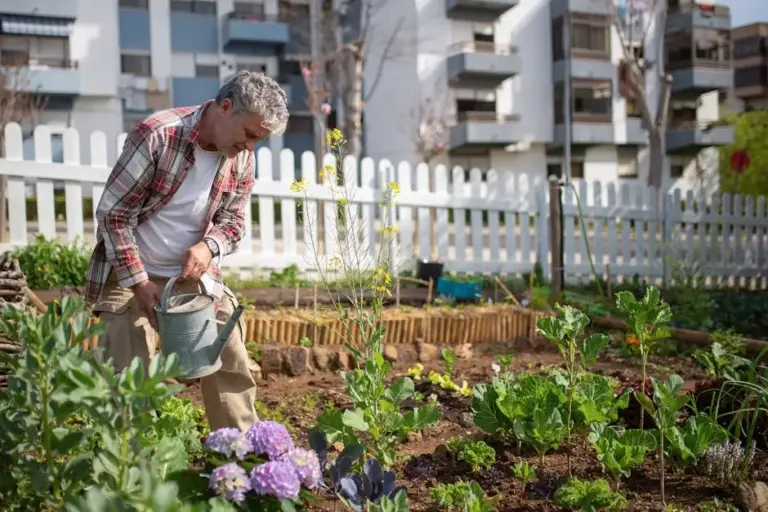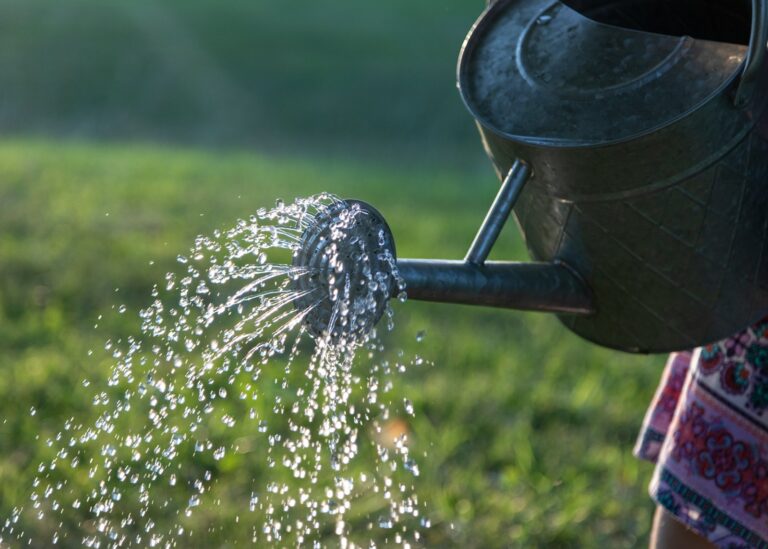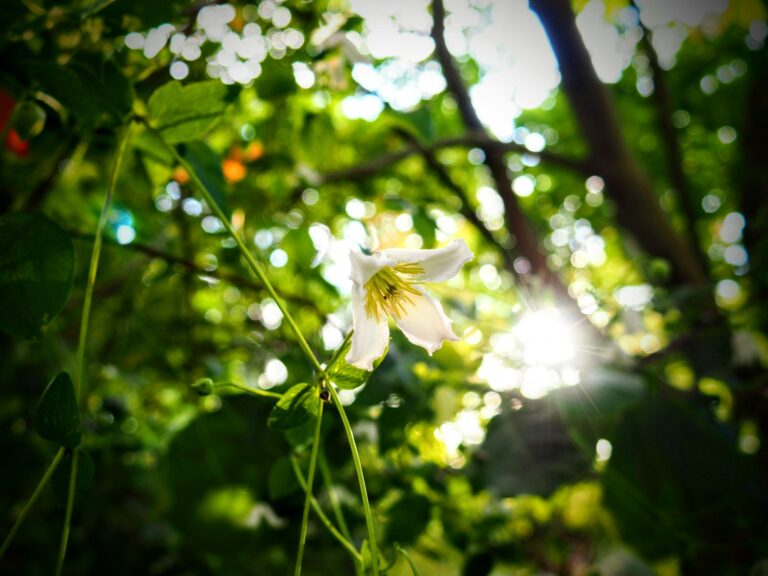Winter Tasks That Keep Gardeners Busy Until Spring Returns
Even when the garden looks quiet in winter, there’s still plenty to do. The colder months offer a chance to get ahead and make spring easier.
You don’t have to pack away your gloves just because it’s chilly outside. With a few simple winter projects, you can keep your garden in good shape and maybe even enjoy a little fresh air.
Prune dormant fruit trees to encourage healthy spring growth
Late winter is the perfect time to prune fruit trees. This is before buds start to swell, usually from late January through early March.
Cut away dead, damaged, or crowded branches to open up the tree. This lets in more sunlight and air, helping the tree stay healthy.
Better air flow can also lower the risk of pests and diseases. Always use clean, sharp tools and avoid pruning in wet weather.
Careful pruning now means stronger growth and a better fruit harvest later. It’s a satisfying way to set your trees up for success.
Plant garlic cloves for a summer harvest
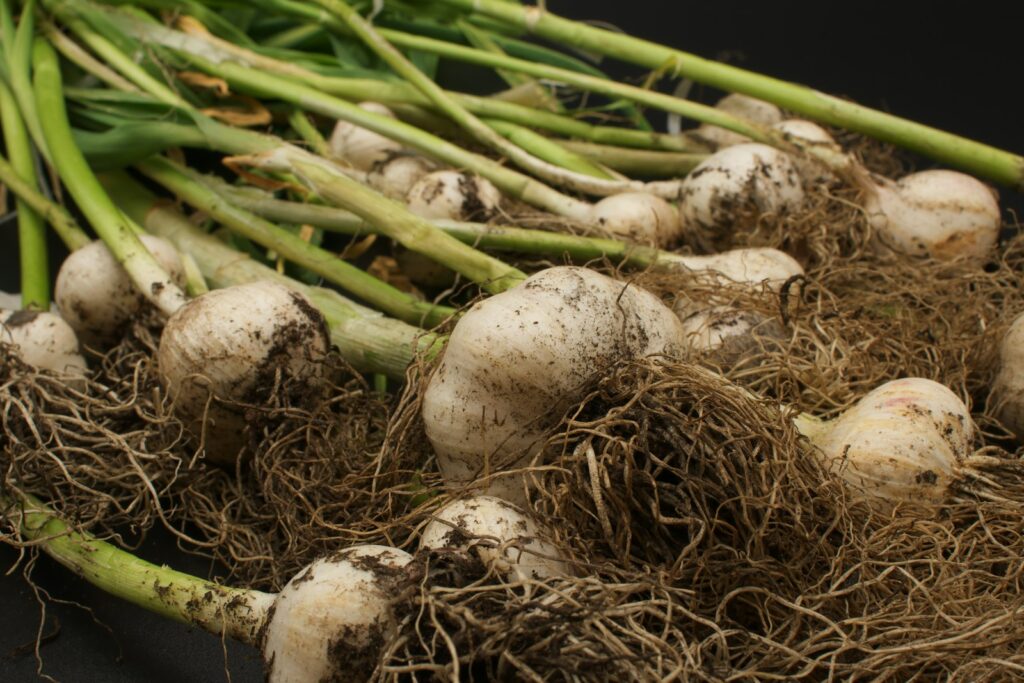
Garlic is one of those crops you can plant before the ground freezes. Late fall or early winter is the best time.
Pick a sunny spot with well-drained soil. Place each clove about 2 inches deep, pointed end up, and space them 4 to 6 inches apart.
Mulch over the cloves to protect them from winter’s ups and downs. This keeps the soil temperature steady and helps prevent weeds.
Come spring, you’ll see green shoots popping up. By summer, you’ll have garlic bulbs ready to pull and use in your kitchen.
Start indoor seed trays for early vegetable seedlings
If you’re itching to get started before spring, try growing seeds indoors. Seed trays let you start veggies like tomatoes, peppers, kale, and lettuce early.
These plants benefit from a longer head start. Use clean containers and a light, well-draining soil mix.
Keep the soil moist but not soggy, and make sure your seedlings get plenty of light. Grow lights can help if your windows don’t get enough sun.
A little warmth goes a long way. Most seeds sprout best between 65 and 75 degrees, so a heating mat can be useful.
Starting seeds inside gives you stronger plants to move outdoors later. It’s a fun way to keep gardening even when it’s cold outside.
Clean and sharpen garden tools for the upcoming season
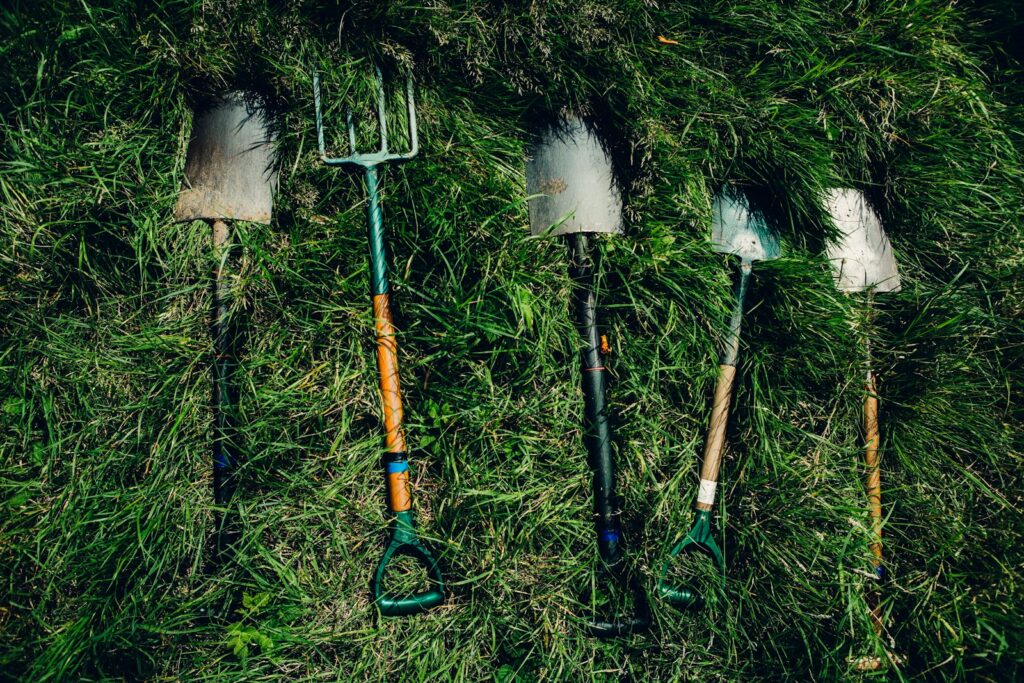
Winter is a good moment to show your garden tools some love. Begin by brushing off dirt and plant bits with a stiff brush or scraper.
Check for rust and use sandpaper or a wire brush to clean it off. Clean tools last longer and work better.
Sharpen blades on pruners, shears, and other cutting tools with a file or sharpening stone. Sharp tools make your work easier and safer.
After cleaning, rub a light coat of oil on metal parts to stop rust. Store tools in a dry place so they’ll be ready for spring.
Apply mulch to protect soil and retain moisture
Mulch acts like a cozy blanket for your soil during winter. It helps prevent the ground from freezing and thawing, which can damage roots.
It also keeps moisture in the soil, which is important during dry winter spells. Without mulch, soil can dry out quickly.
Try using leaves, straw, or wood chips. Spread a thick, even layer around your plants, but keep it away from plant stems to avoid rot.
Mulching now means fewer weeds and healthier soil when spring rolls around. As it breaks down, mulch adds nutrients to your garden beds.
Order seeds and plan your spring garden layout
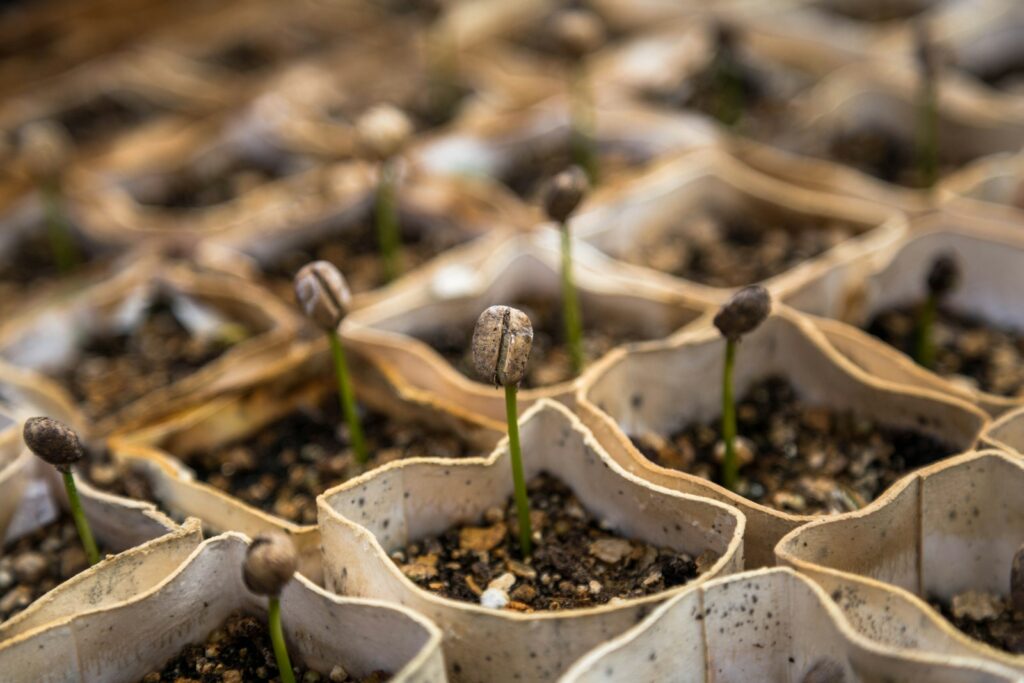
Winter is a great time to browse seed catalogs and order your favorites. Shopping early means you get the best choices before things sell out.
Think about how much sunlight each part of your garden gets. This helps you plan where to put your plants for the best results.
Consider what worked well last year and what didn’t. This is your chance to try new varieties or change up your layout.
Sketching your garden on paper can make planting easier later. Planning ahead saves time and helps your garden look its best.
Compost fallen leaves for nutrient-rich soil
Those piles of leaves in your yard are a free resource. Add them to your compost pile for a carbon boost that balances kitchen scraps and grass clippings.
Layer dry leaves with green materials, keeping the pile moist but not soggy. Turning the pile helps it break down faster.
Eventually, you’ll have crumbly, dark compost to enrich your soil. This helps your garden retain water and supports healthy plant growth.
Composting leaves cuts down on yard waste and gives your garden a healthy start in spring. No special equipment needed, just a pile or bin will do.
Build cold frames to extend the growing season
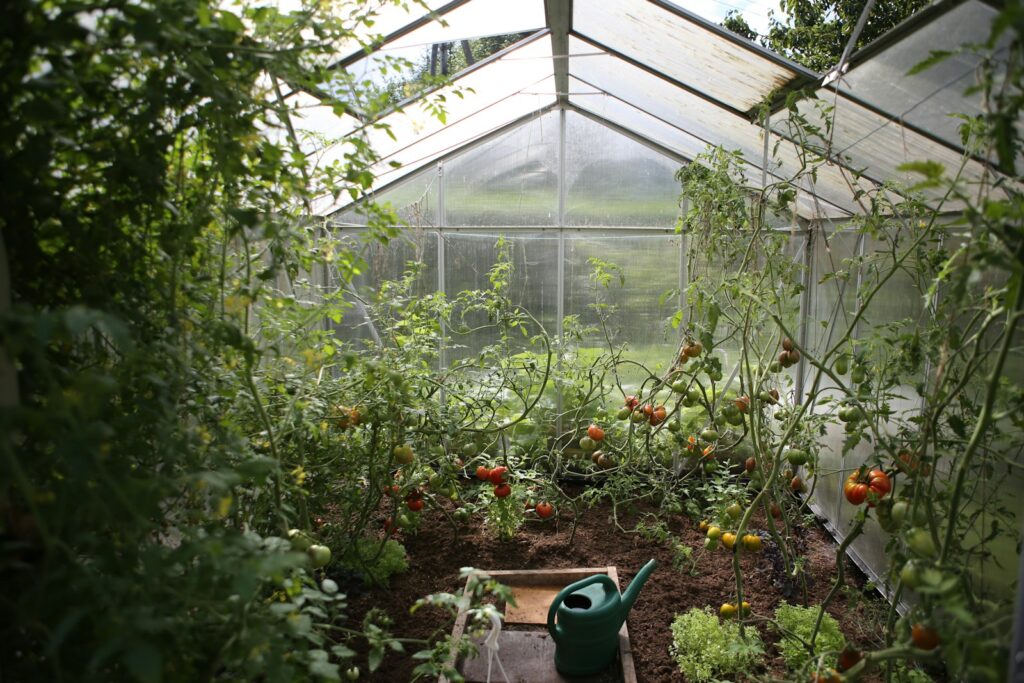
A cold frame is a simple way to keep gardening even when it’s chilly. It’s like a small box with a clear lid that traps warmth from the sun.
You can build one from wood or old windows and place it right in your garden. Cold frames let you start seedlings earlier or harvest veggies later.
They’re budget-friendly and work like a mini greenhouse. You’ll be able to enjoy fresh greens beyond the usual growing season.
Check your cold frame on sunny days and prop the lid open to let air in. Close it at night to keep the warmth inside.
Protect tender plants with frost cloth or straw insulation
Some plants need extra help to make it through winter. Cover them with frost cloth, which lets air and moisture through but keeps the cold out.
Straw works well as insulation around the base of plants. It helps keep the ground warmer and shields roots from freezing.
Cover your plants before frost arrives and secure the cloth so it stays put. Don’t let the fabric rest directly on leaves to avoid damage.
These simple steps can make a big difference for your tender plants, helping them bounce back when spring returns.
Divide and repot houseplants to keep them thriving
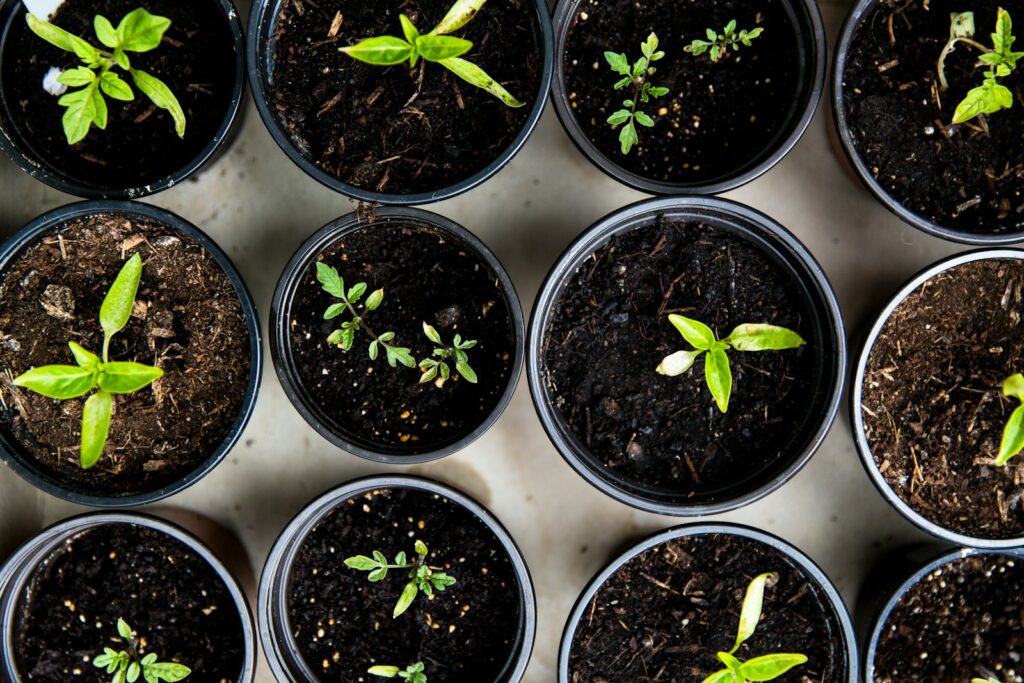
If your houseplants look crowded or slow-growing, winter is a good time to divide or repot them. Giving roots more space helps plants grow better.
Gently remove the plant from its pot and check the roots. Cut away any dead or damaged parts and use fresh potting soil.
Some plants just need a little fresh soil on top instead of a full repot. Be careful not to overwater after repotting, since plants grow slower in winter.
Dividing and repotting now keeps your houseplants strong and ready for a growth spurt when the days get longer.
Understanding Your Garden’s Winter Needs
Every garden is a little different in winter. Paying attention to the weather and your plants can help you know what they need.
Adapting Tasks to Your Local Climate
Where you live makes a big difference in winter garden care. In colder places, you may need to cover plants or move pots inside.
In milder areas, wrapping sensitive plants with burlap or using extra mulch can protect them from cold snaps. Heavy snow can insulate, but it might bend or break branches, so brush it off evergreens if needed.
If winters are dry where you are, water trees and shrubs during warm spells when the ground isn’t frozen. Adjust your routine to keep your garden healthy all season.
Recognizing Signs of Winter Stress
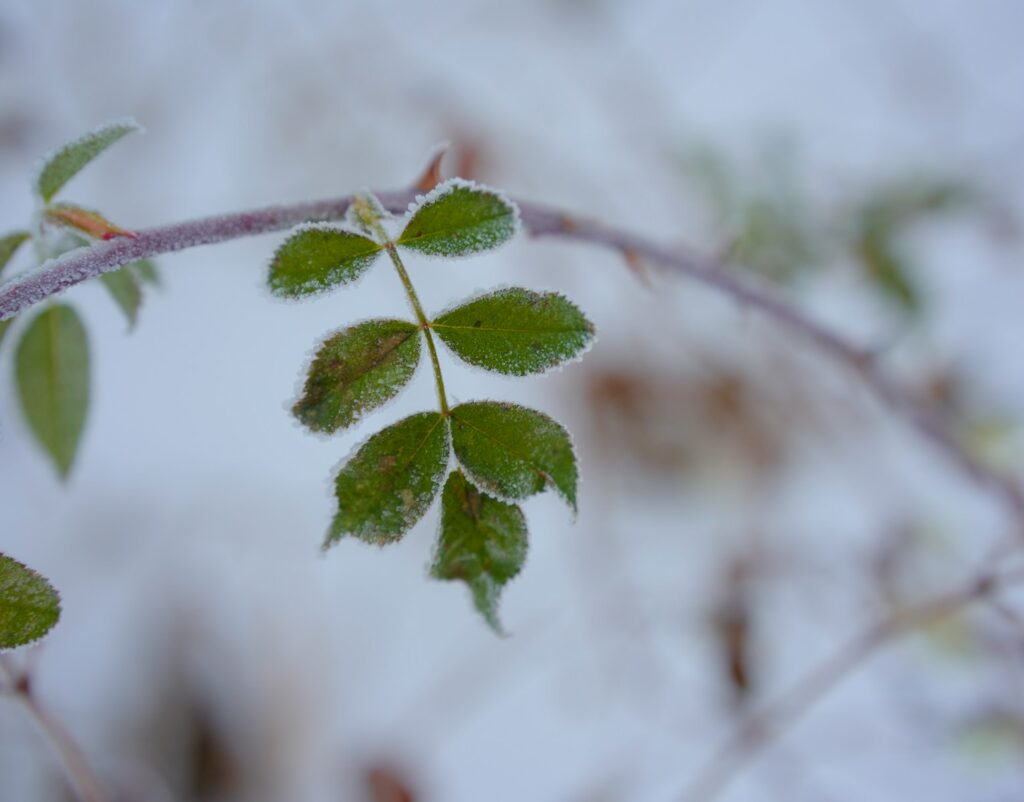
Cold weather can take a toll on your garden, and sometimes it’s not obvious right away. You might notice evergreen plants with drooping or yellowing leaves.
These changes could mean your plants are drying out or feeling the effects of chilly temperatures. Branches that crack or feel brittle are another sign that frost is causing trouble.
Keep an eye out for wilting or blackened areas, especially on new growth or more delicate plants. Checking your plants regularly makes it easier to spot these issues before they get worse.
Simple actions like gently removing heavy snow or adding mulch around the roots can make a difference. These small steps help your garden bounce back when warmer days return.


